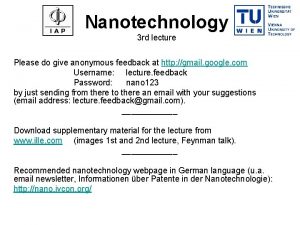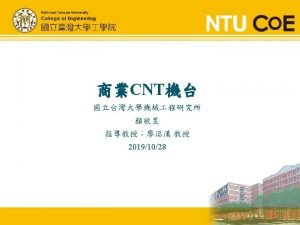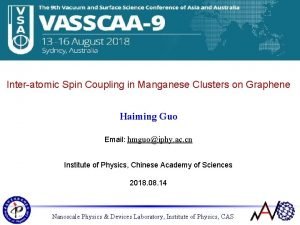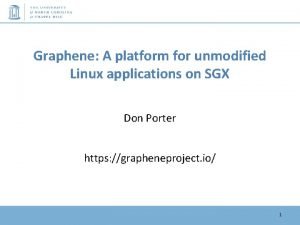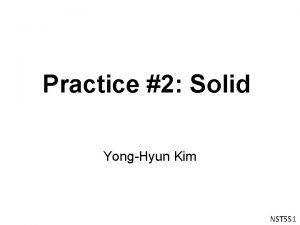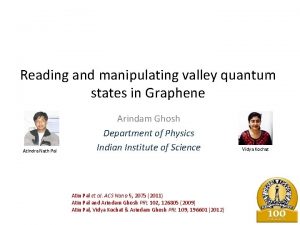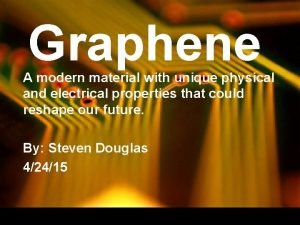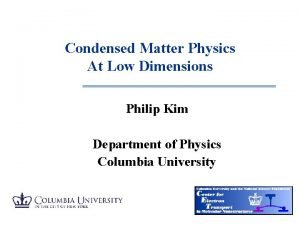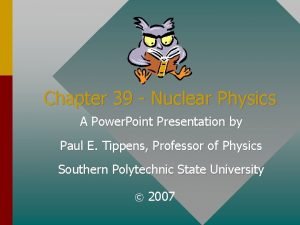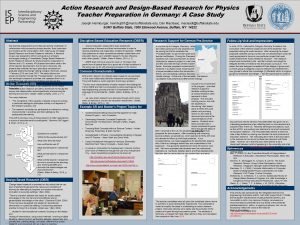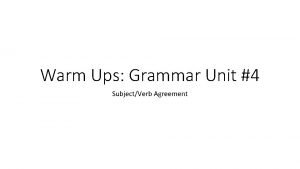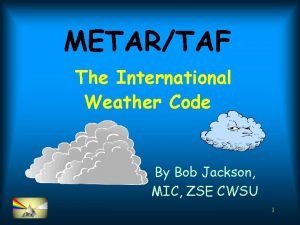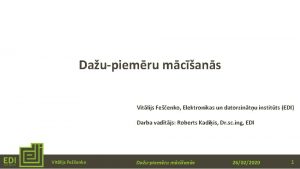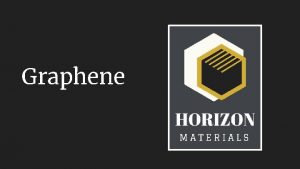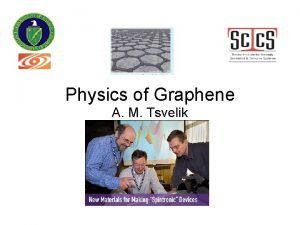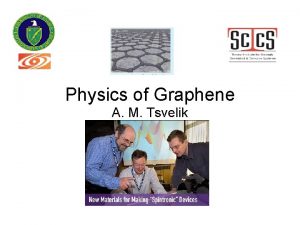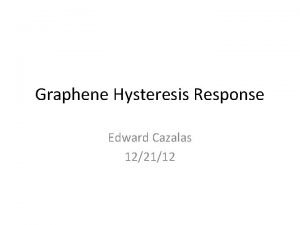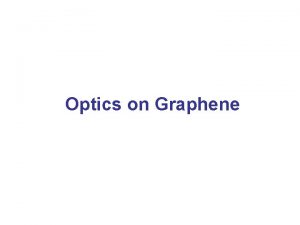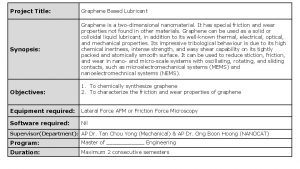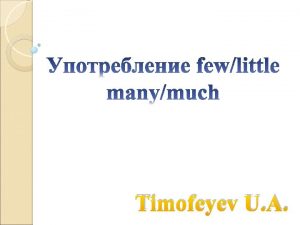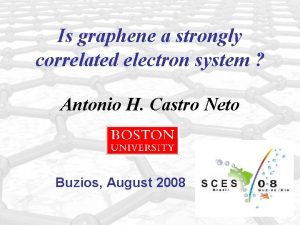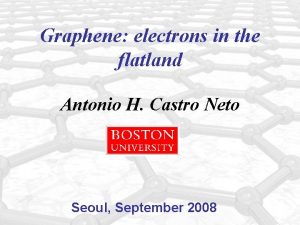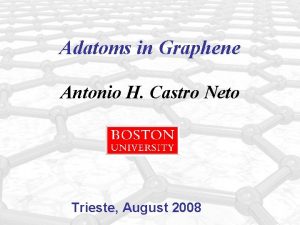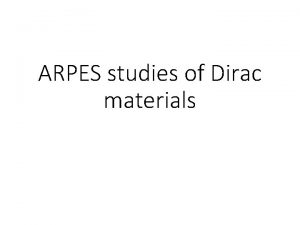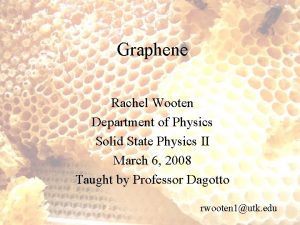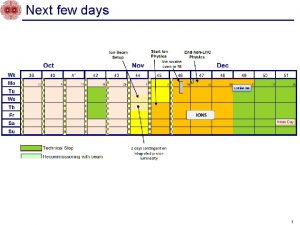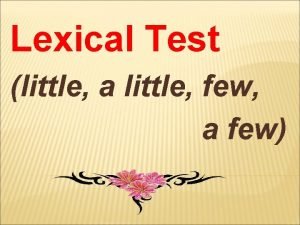A few topics in Graphene physics Antonio H























- Slides: 23

A few topics in Graphene physics Antonio H. Castro Neto San Sebastian, May 2008

Outline • Coulomb impurity in graphene Vitor M. Pereira, Johan Nilsson, Valeri Kotov Phys. Rev. Lett. 99, 166802 (2007); ar. Xiv: 0803. 4195 • Anderson impurity in graphene Bruno Uchoa, Chiung-Yuan Lin, Valeri Kotov, Nuno Peres Phys. Rev. B 77, 035420 (2008); ar. Xiv: 0802. 1711



(1/k ) NO 2 2 1 0 -40 -20 0 20 Vg (V) 40 6 (103 cm 2/Vs) Controlling scattering 4 2 0 0 Geim’s group Nim 1 (1012 cm-2) 2

12 conductivity (m. S) smin (e 2/h) 16 8 4 0 4 e 2/h 4 e 2/ph 0 0. 2 0. 4 0. 6 0. 8 1. 0 1. 2 1. 4 10 8 6 4 2 0 -50 Tail Mobility (m 2/V sec) 0 50 8 6 4 X 2 2 0 -50 0 Vg (V) 50 10 conductivity (m. S) Vg (V) 8 6 4 2 0 -50 0 50 Vg (V) Kim’s group 10 8 6 4 2 0 -50 0 Vg (V) 50

Pereira et al. , Phys. Rev. Lett. 99, 166802 (2007);

Coupling 3 D Schroedinger

Undercritical Supercritical


Andrei’s group


HIC Neutron stars



E N(E) Anderson’s Impurity Model


Non-interacting: U=0 V=0 Broadening Energy

Mean-Field


U = 1 e. V n_up n_down V=1 e. V, e 0=0. 2 e. V The impurity moment can be switched on and off!

U = 40 me. V U = 0. 1 e. V

Conclusions • Impurities in graphene behave in an unusual way when compared to normal metals and semiconductors. • One can test theories of nuclear matter under extreme conditions. • Control of the magnetic moment formation of transition metals using electric fields.
 A little adverb
A little adverb Fill in a few a little
Fill in a few a little Complete the sentences. use the following words
Complete the sentences. use the following words A few vai few
A few vai few Graphene sp2 hybridization
Graphene sp2 hybridization Aixtron graphene
Aixtron graphene Graphene
Graphene Electrostatic graphene loudspeaker
Electrostatic graphene loudspeaker Graphene linux
Graphene linux Graphene poscar
Graphene poscar Grapheneq
Grapheneq Is graphene a modern material
Is graphene a modern material Amelia barreiro
Amelia barreiro Physics ia example
Physics ia example Nuclear physics topics for presentation
Nuclear physics topics for presentation Action research topics in physics
Action research topics in physics University physics with modern physics fifteenth edition
University physics with modern physics fifteenth edition Why does it happen
Why does it happen The singer along with a few others
The singer along with a few others Metar few sct bkn ovc
Metar few sct bkn ovc Few shot learning
Few shot learning We are usually referring to species diversity
We are usually referring to species diversity 5 determiners
5 determiners Bring your vessels not a few
Bring your vessels not a few




